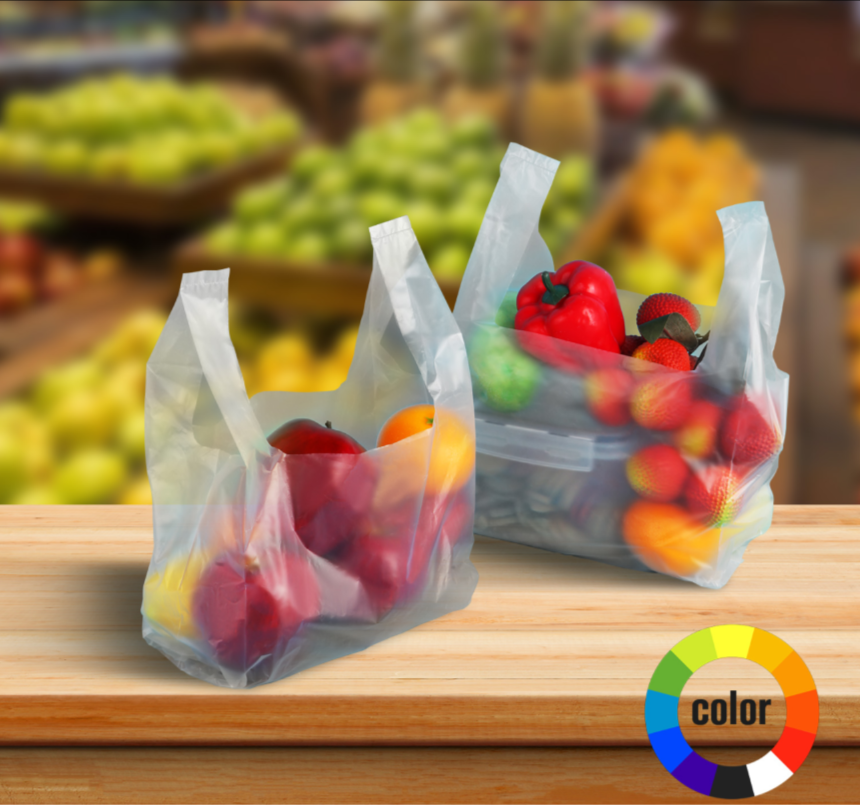Can I Use White Bags for Trash Collection and Disposal
Can I Use White Bags for Garbage?
When it comes to waste management, choosing the right type of garbage bags is crucial, not just for convenience but also for environmental responsibility. One common question that arises is whether white bags, typically used for other purposes, can be utilized for garbage disposal. This article delves into the considerations surrounding the use of white bags for garbage and offers some practical insights.
Understanding the Types of Garbage Bags
Garbage bags come in various colors, sizes, and materials, each designed for specific uses. The most common types include black, green, and clear bags. Black bags are widely associated with general waste because they provide a reasonable level of opacity, hiding the contents from view while containing smells. Clear bags, on the other hand, are often required for recycling in many municipalities because they allow for easy inspection of recyclable materials.
White bags, however, are less common in waste management discussions. They are typically used for carrying items like groceries or laundry. Their main disadvantage in this context is their opacity and the types of materials they are usually made from, which can vary.
The Case for White Bags
While white bags are not typically marketed as garbage bags, they can still serve as a temporary solution for disposal. If a white bag is sturdy enough to hold household waste without tearing, it may be used when no traditional garbage bags are available. In this case, it’s essential to ensure that the bags are made from strong materials, as weaker bags may burst under the weight of heavier items.
Additionally, using white bags can be considered a responsible choice if they are repurposed rather than purchased specifically for waste disposal. This aligns with a more sustainable approach by giving them a second life, which can help to reduce overall plastic consumption.
can i use white bags for garbage

Things to Consider
When deciding to use white bags for garbage, several factors should be kept in mind
1. Durability Ensure that the bags can withstand the weight and sharp edges of the contents. If they are too thin, they could tear easily, creating a mess and making disposal more challenging.
2. Household Waste Type Consider the type of waste being disposed of. For instance, white bags might be more suitable for items like paper or organic materials rather than sharp or heavy items, which may require sturdier bags.
3. Community Guidelines Check your local waste disposal regulations. Some municipalities have specific requirements concerning the color and type of bags used for garbage. Using non-compliant bags could lead to fines or your waste not being collected.
4. Environmental Impact Evaluate the ecological footprint of using white bags. If they are recyclable or biodegradable, they may be a better choice than regular plastic bags, which contribute significantly to landfill waste.
Conclusion
In conclusion, while white bags can be used for garbage in certain conditions, it is essential to consider their durability, the type of waste, local regulations, and environmental impacts. Ultimately, the best practice is to utilize bags designed for waste disposal whenever possible. However, repurposing existing white bags can be a creative and sustainable way to manage waste in the absence of traditional options. As we move towards more environmentally conscious practices, every little choice counts in reducing our environmental impact.
-
The Best Uses for Small Trash Bags in Daily LifeNewsJul.01,2025
-
Stylish Reusable Grocery Bags TrendsNewsJul.01,2025
-
Shipping Advantages of Using Bubble Envelopes BulkNewsJul.01,2025
-
How Compostable Mailing Bags Reduce Environmental ImpactNewsJul.01,2025
-
Environmentally - Friendly Bulk Poly MailersNewsJul.01,2025
-
Eco Friendly Custom Laminated Tote BagsNewsJul.01,2025
-
Have the freedom of customizing your custom mailers any way you want! Our dedicated packaging support will help deliver you the mailing experience you need to elevate your shipping experience to the next level! Start making a strong impression on your customers and stand out from your competitors! -
LIYA uses high quality raw materials which directly purchased from large enterprises domestic and overseas such as PetroChina, Sinopec, Sabic, Equate, ExxonMobil, Dow Chemical, Total, and Borouge, ensuring the price advantage and quality of the raw materials. -
LIYA uses high quality raw materials which directly purchased from large enterprises domestic and overseas such as PetroChina, Sinopec, Sabic, Equate, ExxonMobil, Dow Chemical, Total, and Borouge, ensuring the price advantage and quality of the raw materials.





